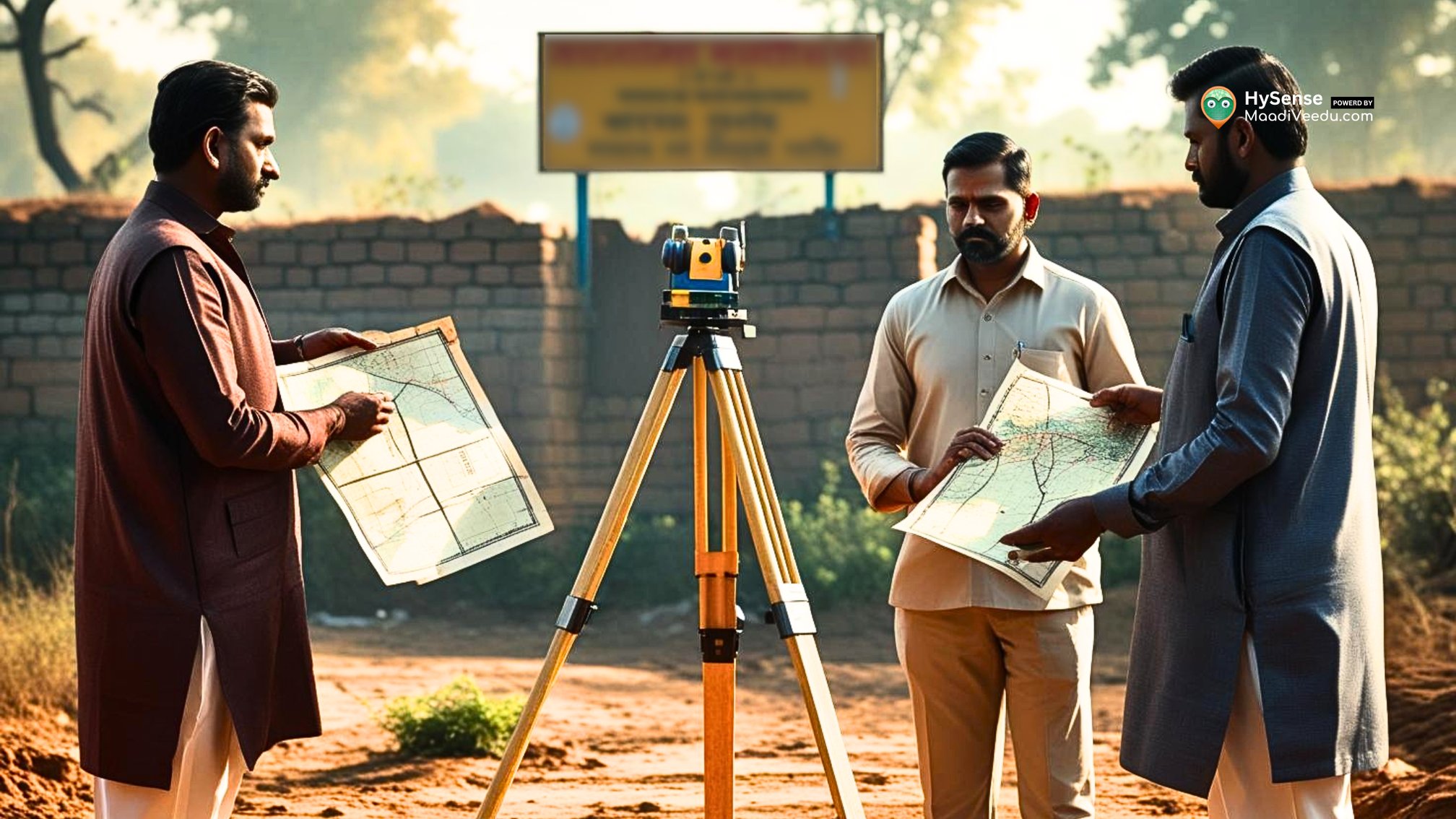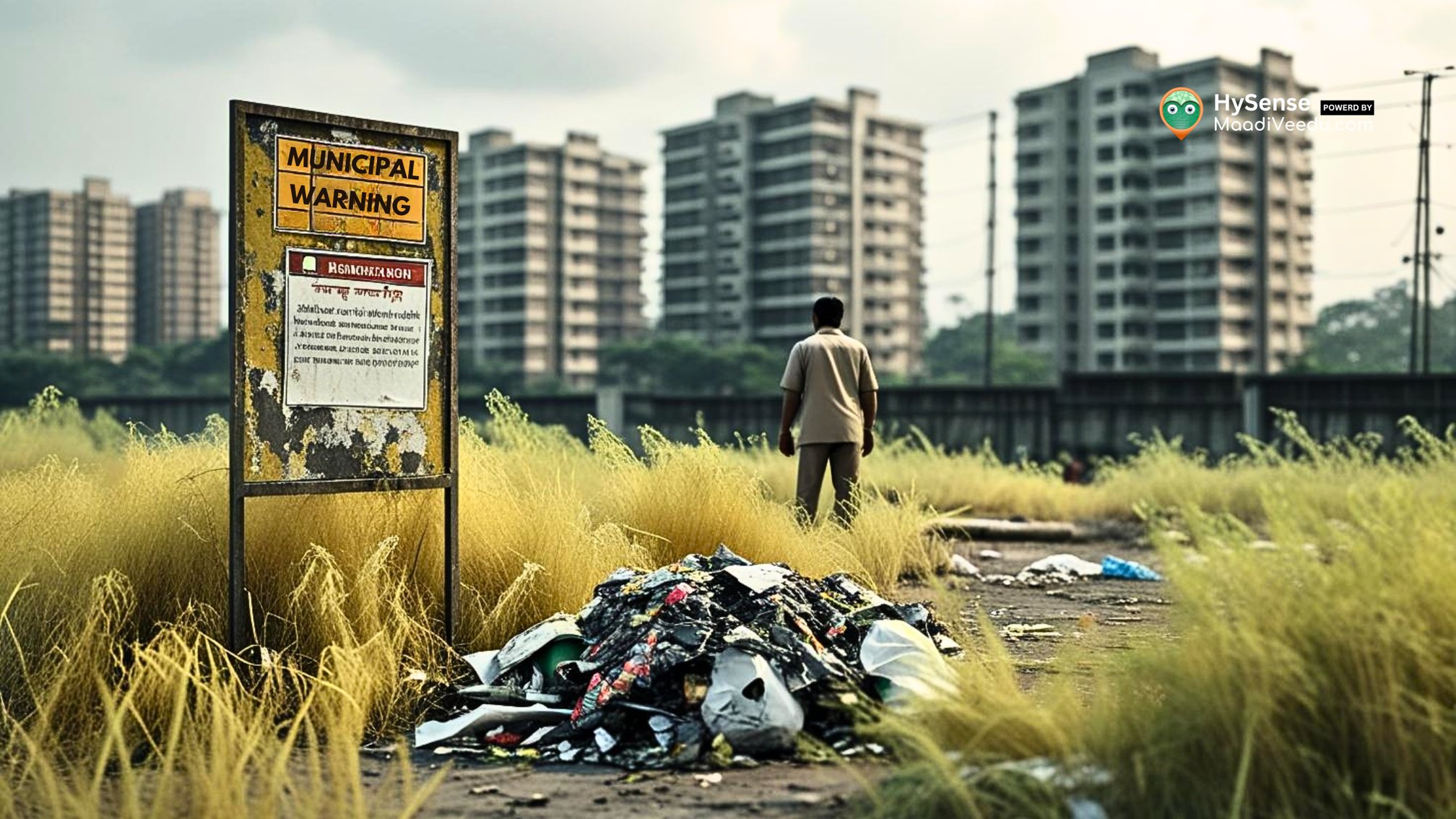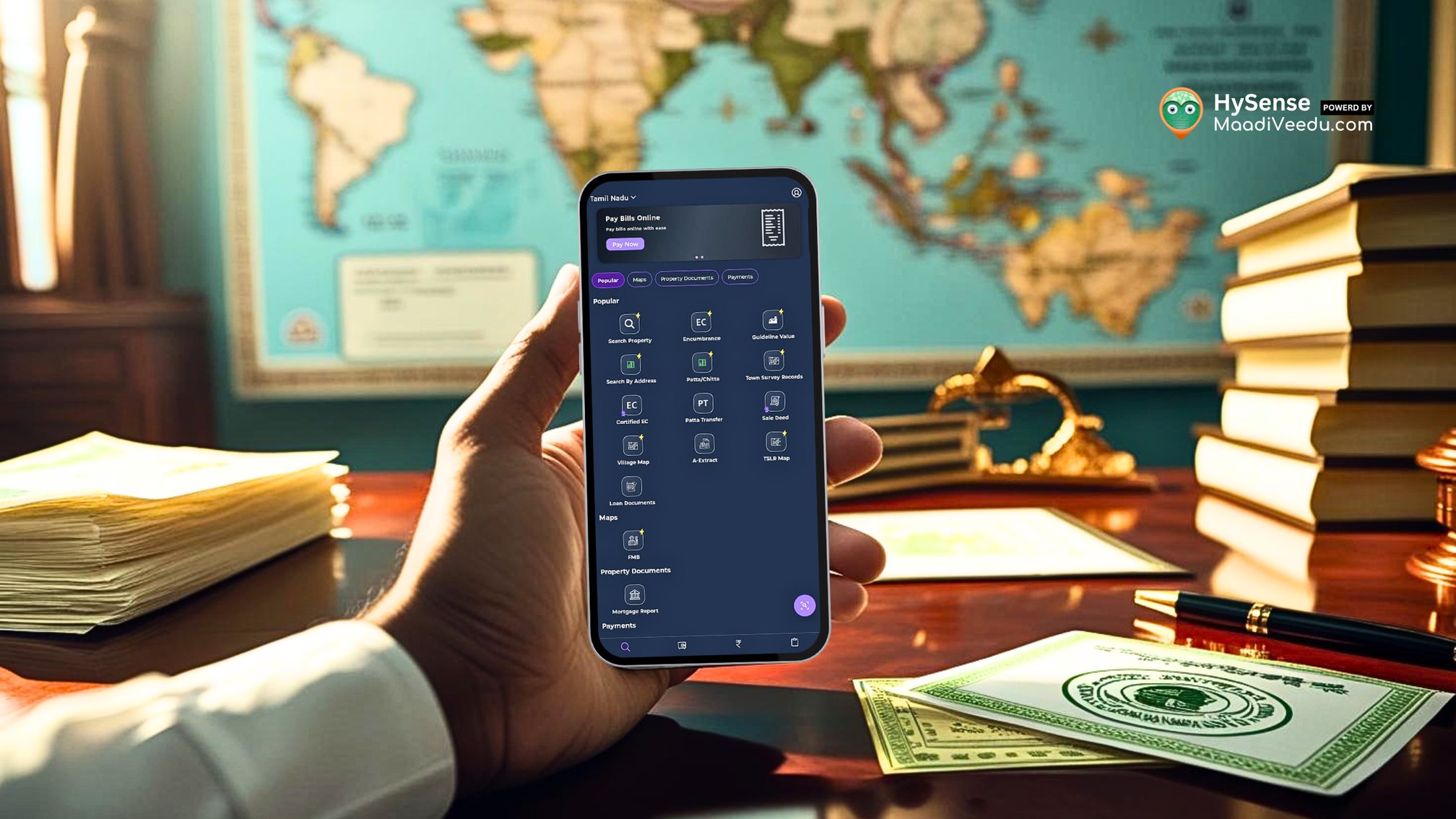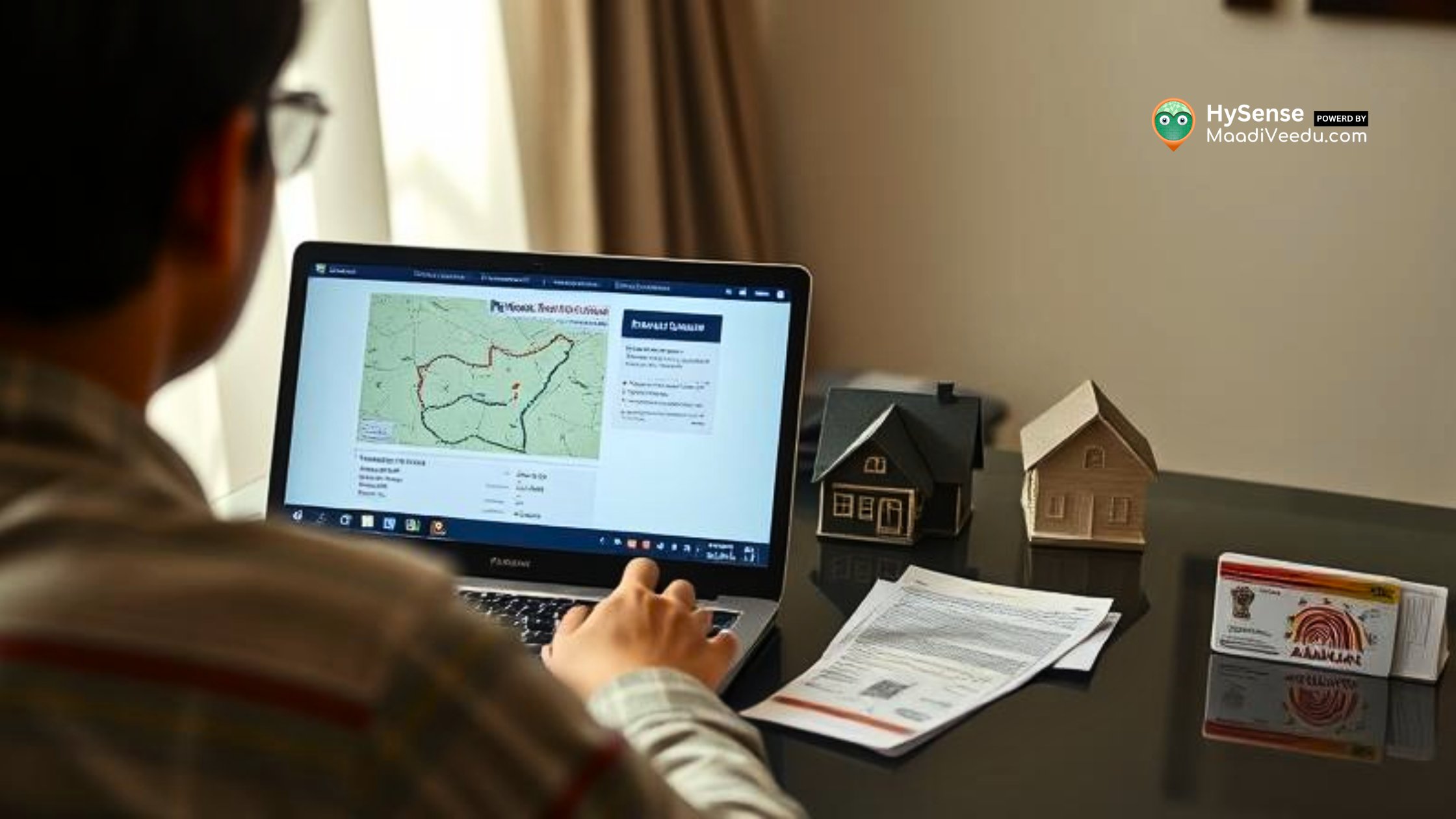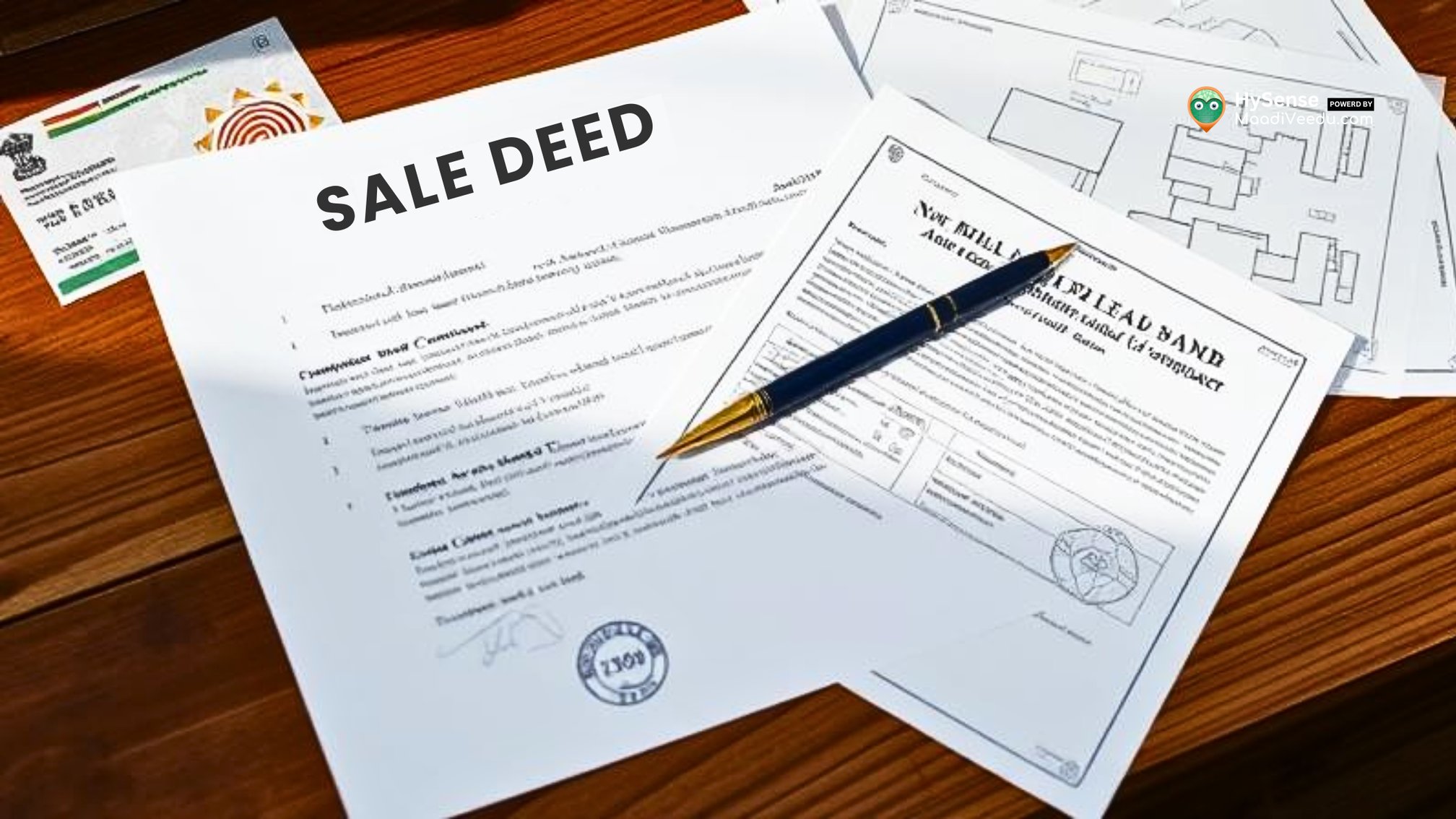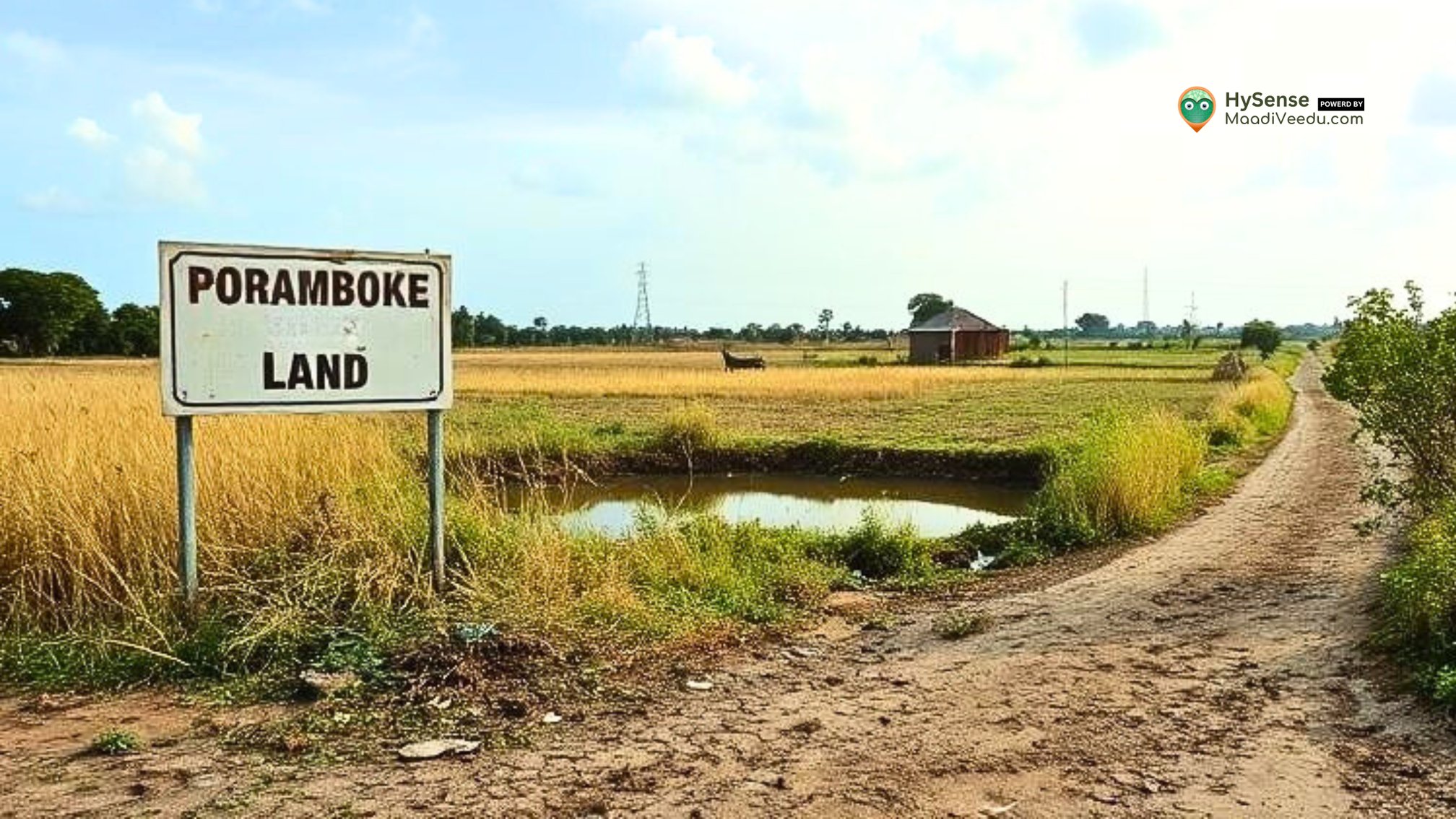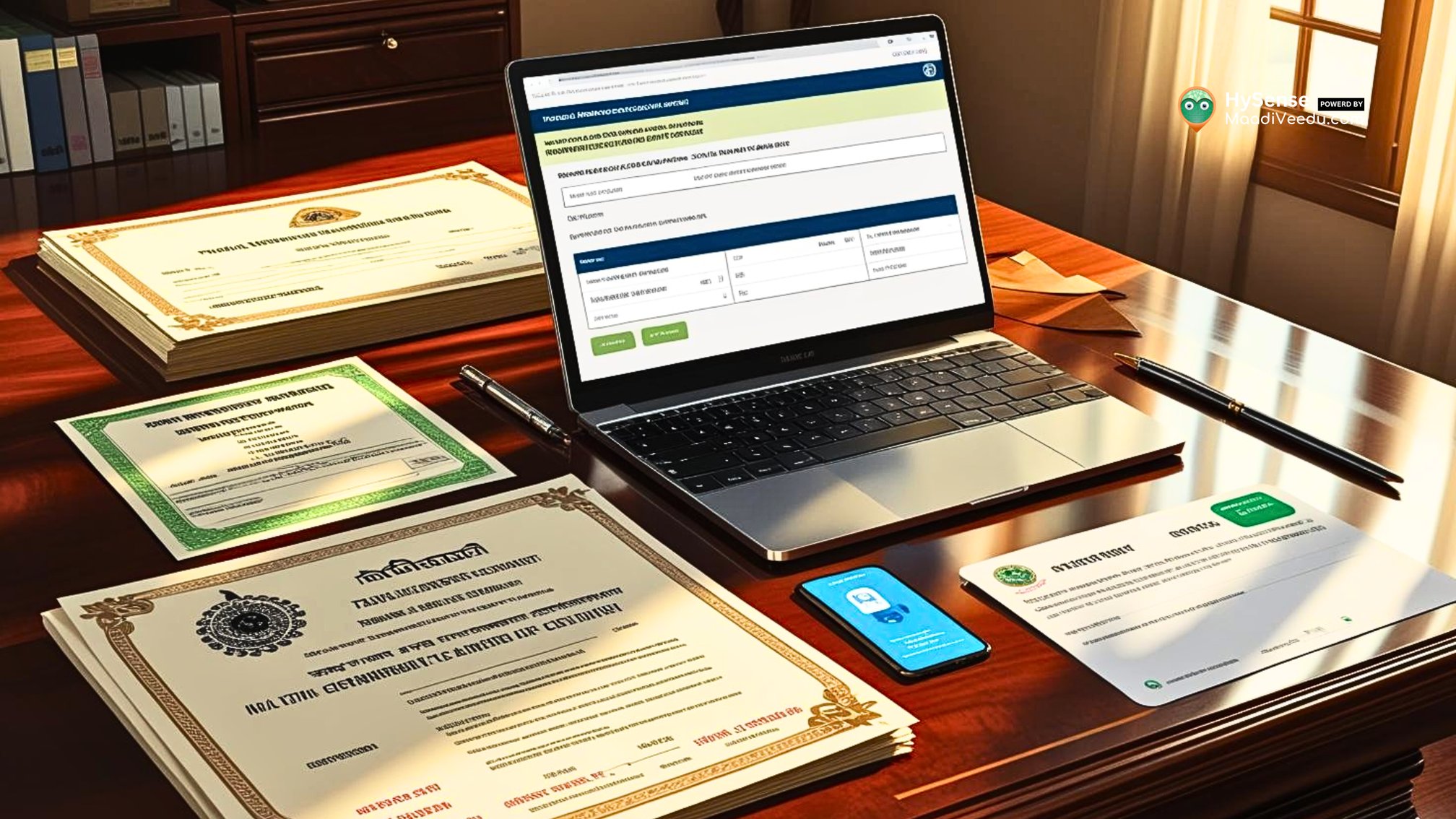How to Apply for Ayushman Bharat Pradhan Mantri Jan Arogya Yojana (AB-PMJAY)
Learn how Ayushman Bharat PMJAY provides cashless healthcare, eligibility, benefits, and guidance for your family across India.
Table of Contents
Did you know that a single major illness can cost an Indian family lakhs of rupees, pushing many into debt?
Imagine a scheme that protects your family from such financial stress. That’s Ayushman Bharat Pradhan Mantri Jan Arogya Yojana (AB-PMJAY) – a government initiative covering hospitalization expenses up to ₹5 lakh per year for eligible families.
In this guide, you’ll learn who is eligible, how to get your Ayushman Card, use it for cashless treatment, and what exactly is covered. By the end, you’ll have all the tools to secure your family’s health without financial worry.
Why Ayushman Bharat PMJAY Matters
Think of PMJAY as a health safety net:
- Full Family Coverage: No limit on members or age.
- Cashless Treatment: Visit any empaneled hospital and pay nothing.
- Major Illness Protection: Covers inpatient care, surgeries, diagnostics, and medicines during hospital stay.
- National Access: Use your benefits anywhere in India, regardless of your home state.
Imagine Ramesh, a daily wage worker from Tamil Nadu, suddenly needing a cardiac surgery costing ₹3 lakh. With PMJAY, his family didn’t have to borrow or sell assets – treatment was fully covered.
Who Can Avail PMJAY?
Eligibility is based on SECC 2011 data – no separate application required.
Rural Areas
You may qualify if your household:
- Lives in a house with a kucha roof or walls
- Has no adult member aged 16–59
- Is a female-headed household without adult males
- Belongs to SC/ST categories
- Is landless and earns through manual casual labor
Urban Areas
Eligibility is based on occupation, including:
- Street vendors, hawkers, cobblers
- Construction workers, masons, painters
- Domestic helpers, sweepers, sanitation workers
- Rickshaw pullers, drivers, and transport staff
- Shop assistants, peons in small establishments
Curious if your family is on the list? Let’s see how to check it.
3 Ways to Check Your Eligibility
1. Online Portal (Fastest)
- Click Beneficiary and log in via mobile OTP.
- Select State, Scheme (PMJAY), District, and search by Name, Aadhaar, or Ration Card.
2. Helpline
- Call 14555 or 1800-111-565
- Give your details and the representative will check your eligibility.
3. Physical Centres
- Visit an empaneled hospital or Common Service Centre (CSC)
- Ask the Ayushman Mitra (hospital) or operator (CSC) to verify your eligibility
Tip: Keep your Aadhaar, Ration Card, or other government ID ready for faster verification.
Getting Your Ayushman Card
Your Ayushman Card is your key to cashless treatment.
Steps to Get It
- Visit a PMJAY kiosk at an empaneled hospital or CSC.
- Provide identity proof (Aadhaar preferred).
- Complete biometric verification (fingerprint or iris scan).
- Receive your Ayushman Card printout and a digital copy with your unique AB-PMJAY ID.
Read also: Ayushman Bharat Expansion for Seniors: What It Means and Why You Should Pay Attention
Using the Card for Hospital Treatment
- Find an Empaneled Hospital: Use the official portal or helpline.
- Meet the Ayushman Mitra: They guide you through the process.
- Verification: Show your Ayushman Card and Aadhaar.
- Cashless Treatment: Hospital submits online pre-authorization; you pay nothing for covered procedures, tests, or medicines.
PMJAY is nationally portable, so you can use it in any state across India.
What’s Covered and What’s Not
Grievance Redressal
If a hospital refuses cashless treatment or asks for payment:
- Call Helpline: 14555
- File Complaint Online: PMJAY Grievance Portal
- Inform Ayushman Mitra at the hospital
Call to Action
Protect your family today with Ayushman Bharat PMJAY:
Check your eligibility online: https://beneficiary.nha.gov.in
Get your Ayushman Card at your nearest CSC or hospital kiosk
For more real estate and practical guides, visit: www.MaadiVeedu.com and www.blog.maadiveedu.com
Don’t wait for a medical emergency – your family’s health deserves a safety net now.
FAQs – Quick Answers
1.Does the card expire?
No, eligibility is SECC 2011-based.
2.Are pre-existing diseases covered?
Yes, from day one.
3.Can it be used in another state?
Yes, national portability applies.
4.What if a hospital asks for payment?
Don’t pay; call helpline immediately.
5.Can it be issued without Aadhaar?
Yes, with other government IDs, but Aadhaar is eventually required.
6.Usage limit per year?
Multiple visits allowed up to ₹5 lakh per family annually.
7.Full list of treatments?
Check Health Benefit Packages on the official PMJAY website.

